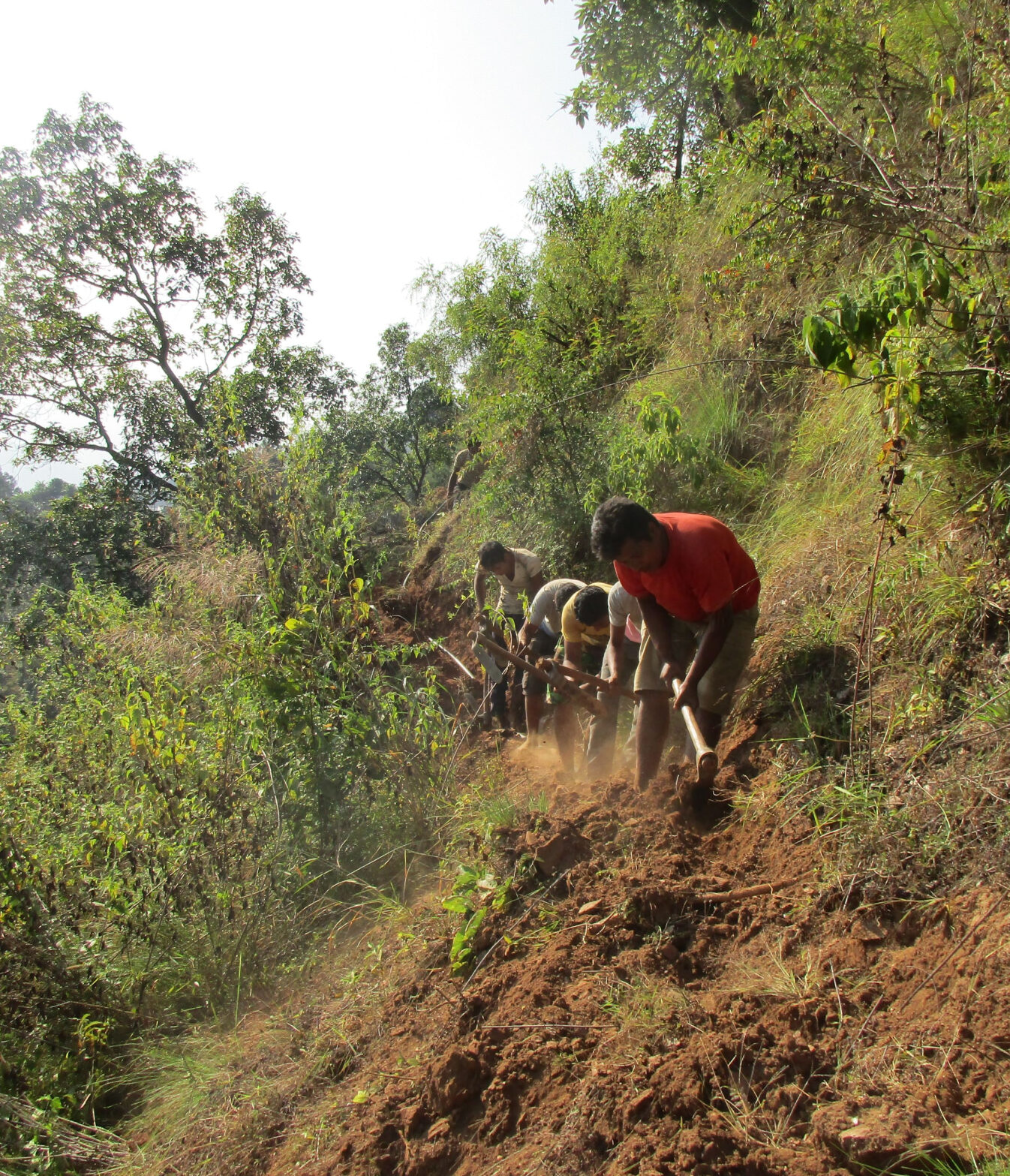Located in south Asia and most known for the mighty Himalayan mountain range, Nepal is ranked 146 out of 193 countries in the UN’s Human Development Index.1 In rural Nepal, more than 2 million people lack access to clean water within a 30-minute collection trip.2
DO SOMETHING
Fund a Project in
Serve an entire community or school with clean and living water. Projects range in cost depending on the region, project type, and amount of people served.
Serving the Unreached
Our partner is committed to serving unreached, isolated rural communities where access to clean water is severely limited. In these remote areas, often overlooked families face significant challenges, spending over an hour per trip during the dry season to collect water from dwindling sources, often multiple times a day.
Schools in these regions lack adequate water, sanitation, and hygiene infrastructure, leaving students without consistent access to safe drinking water. This scarcity contributes to preventable diseases, particularly impacting children with limited access to medical care. By focusing on these underserved communities, our partner delivers sustainable water solutions to improve health outcomes and uplift the most vulnerable populations.

Our Plan
With your help, access to clean and living water will be provided to more than 45,000 people in 150 villages across 3 districts by June 2029. You can make it possible to see:
communities gain access to water piped from spring sources directly to every participating household
schools gain access to safe drinking water and all students trained in improved hygiene and sanitation practices
communities trained to operate and maintain water points
Get Our Emails
Get our monthly newsletter with stories of impact, ways to pray for the unreached, tips for giving, and more ways to impact the world around you.

